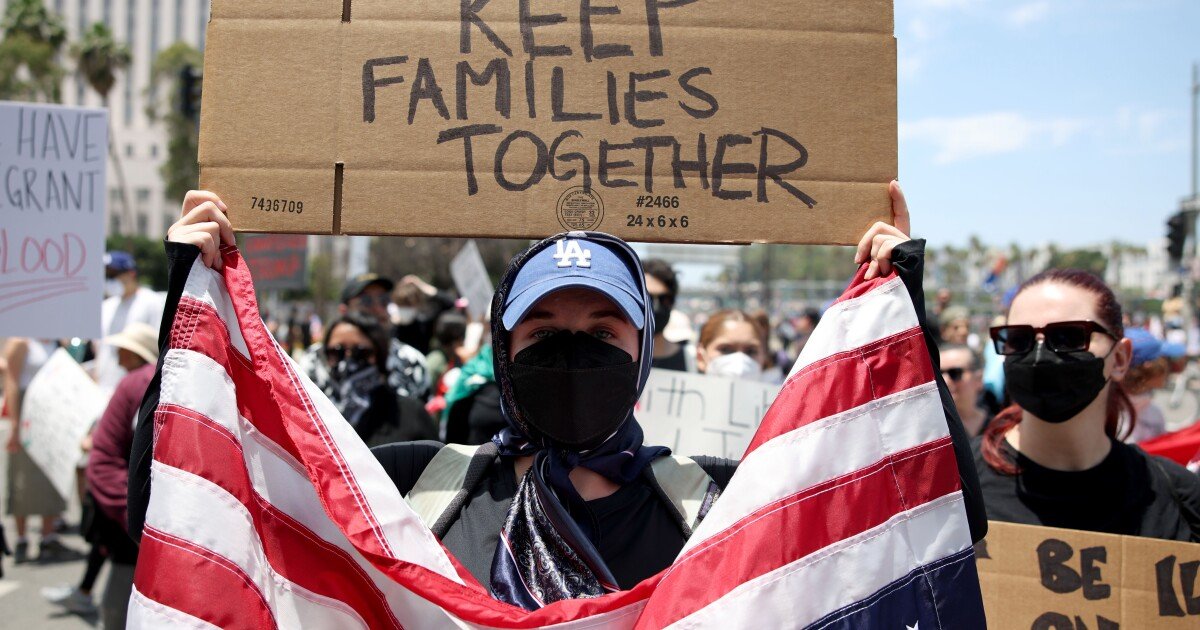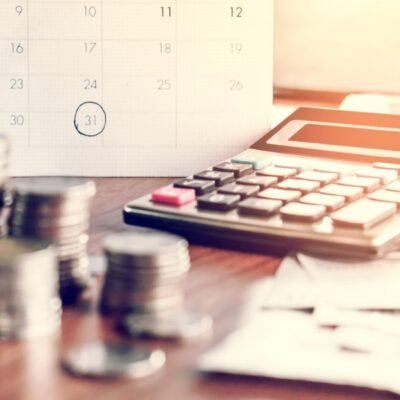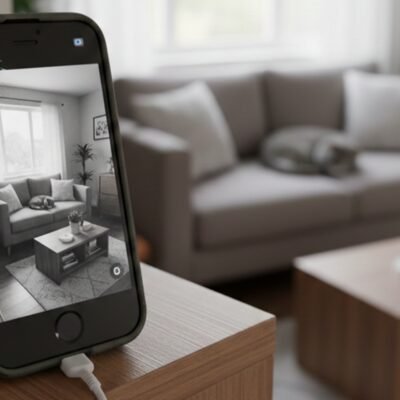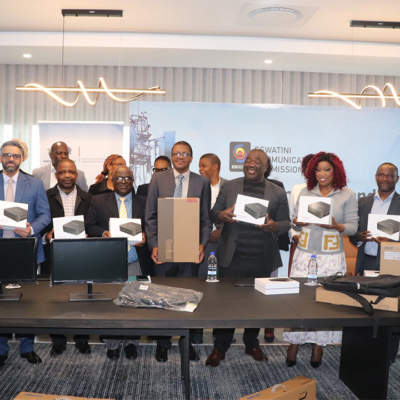How to Prepare Your Phone for a Protest
As protests continue to resonate nationwide, ensuring your personal safety and privacy has never been more crucial, especially concerning how you use your cellphone. This guide offers essential tips on preparing your phone for protest scenarios, focusing on maintaining your privacy, security, and connection to vital resources.
Deciding How and If to Bring Your Phone
Whether or not to bring your cell phone to a protest is a complex decision. Consider factors such as your proximity to protest organizers and your immigration status. Mason Donahue from Lucy Parsons Labs emphasizes that balancing communication needs with privacy risks is key. While leaving your phone behind may safeguard your data, it also cuts off real-time communication and access to resources.
If you can use a separate device—such as an old smartphone, a “burner” phone, or a traditional camera—consider bringing that instead. However, not everyone has these options, making it essential to weigh the risks carefully.
Use a Passcode, Not a Fingerprint
While it might be tempting to unlock your phone with a fingerprint or facial recognition, it can complicate your situation if your phone is seized by law enforcement. The Fifth Amendment offers some protection against self-incrimination, but court rulings vary on whether using a passcode or biometric identifiers constitutes a waiver of that right.
Experts like David Huerta recommend using a strong alphanumeric passcode instead of simpler numerical codes. This makes it harder for law enforcement to access your phone if they seize it. Instructions to set an alphanumeric passcode can be found for both iPhone and Android.
Subdue Your Signals (and Download Signal)
Be aware that law enforcement may employ tools to intercept cellphone signals, such as stingrays, which mimic cell towers. To minimize risks, disable 2G connectivity on your device and prioritize using encrypted messaging applications like Signal instead of SMS, which can be intercepted. Strong encryption ensures that your communications remain private even if your phone is compromised.
Lockdown Location Tracking
Concerns about location tracking are valid, especially since law enforcement can collect data from cell towers. If you’re attending a protest, consider turning your phone completely off or enabling airplane mode to avoid transmitting data. If you need to keep it on, manage the location settings by toggling them off to minimize exposure. Guides for Android and iPhone users on disabling location services can be found through platforms like The Verge and Business Insider.
Harden Your Hardware
Backing up your device before a protest can provide peace of mind. Should your phone be seized, having your data saved elsewhere makes the decision to wipe it less daunting. Encrypting your phone adds an extra layer of complexity for anyone who might try to access it unlawfully. Detailed guides for both iPhone and Android users are readily available.
Neutralize Notifications
Your notifications could unknowingly reveal sensitive information about you and your communication patterns. To protect yourself, consider turning off notifications entirely or adjusting settings so that they don’t display sensitive content on your lock screen. This simple step can significantly enhance your privacy.
Think Before You Share
When documenting events, remember that photos and videos can carry metadata, exposing location and device information. If sharing images, consider taking screenshots to strip metadata. Be vigilant and check every shared photo for details that may inadvertently disclose personal information, including the identities of other protest participants.
Physicalize Your Phonebook
In a protest scenario where your cell phone runs out of battery or is lost or stolen, having emergency contact information written down can be life-saving. Consider jotting down critical contacts, such as lawyers or support hotlines, on your arm or a piece of paper. Organizations like the National Lawyers Guild provide valuable legal support and resources during protests.
Conclusion
Equipping yourself with the right knowledge and tools to protect your privacy and maintain communication during protests is essential. By following the tips outlined above, you can confidently engage in activism while safeguarding your personal information. Remember, being prepared is a vital step in ensuring a successful and secure protest experience.





